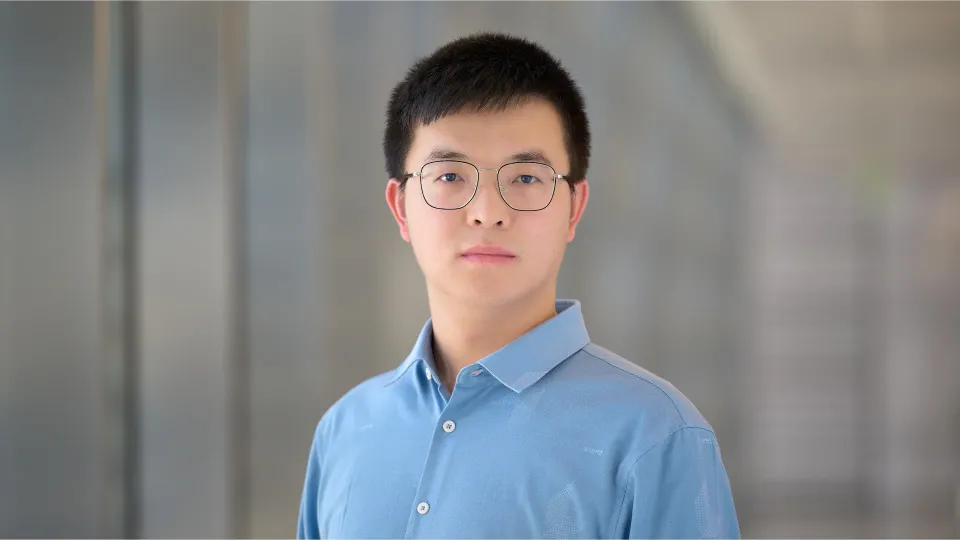Ultrawide Bandgap Semiconductors Modeling, Epitaxy, Processing, and Applications for Ultraviolet Emission and Detection
Wide bandgap III-Nitride semiconductor blue light-emitting diodes (LED) development has spawned the prestigious Nobel Prize in Physics in 2014. Building upon this success, the scope of research has expanded to ultrawide bandgap semiconductors, which possess immense potential in the realm of ultraviolet (UV) photonics. These materials have gained attention for their applicability in various areas, such as public sterilization, solar-blind UV communication, and real-time UV monitoring.
Overview
Abstract
Wide bandgap III-Nitride semiconductor blue light-emitting diodes (LED) development has spawned the prestigious Nobel Prize in Physics in 2014. Building upon this success, the scope of research has expanded to ultrawide bandgap semiconductors, which possess immense potential in the realm of ultraviolet (UV) photonics. These materials have gained attention for their applicability in various areas, such as public sterilization, solar-blind UV communication, and real-time UV monitoring.
Leveraging on the unique ultrawide tunable bandgap property, highly crystalline capability, and robust behavior, group III-Nitride and III-Oxide semiconductors were employed for efficient UV emission and sensitive UV photodetection (PD), respectively. By engineering material epitaxy, membrane transfer, and thermal expansion, this dissertation explored the feasibility of Ga2O3-based UV flexible PD, self-powered PD, and freestanding membrane PD. Additionally, polarization engineering and band structure engineering for carrier modulation in III-Nitride system were also investigated for designing high-performance UV LED. Through this research, the goal is to advance the understanding and utilization of ultrawide bandgap semiconductors, ultimately contributing to the development of efficient UV optoelectronic devices with a wide range of applications in various fields.
Brief Biography
Yi Lu is a Ph.D candidate in the Advance Semiconductor Lab in King Abdullah University of Science and Technology (KAUST) since Aug. 2019. He obtained his Master degree from Institute of Semiconductors, Chinese Academy of Sciences in 2019, and Bachelor degree from Taiyuan University of Technology in 2016. His research focuses on modeling, epitaxy, and fabrication of III-Nitride and III-Oxide based optoelectronic devices and power electronic devices.

